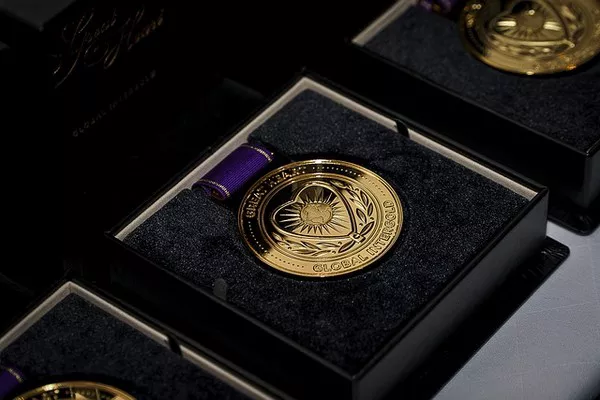Gold has been cherished for its beauty and value for centuries, but determining whether a piece of jewelry is genuinely made of gold can be challenging. Pure gold, or 24 karat gold, is too soft for most jewelry applications and is typically alloyed with other metals to increase its durability. In the United States, the minimum gold content required for jewelry to be considered gold is 10 karats. This means that a piece of jewelry marked as 10 karat gold contains at least 41.7% gold.
Simple Tests at Home
Float Test
One simple method to determine whether your necklace is real gold is the float test. Fill a bowl with water and gently drop the necklace into the water. Real gold is dense and will sink to the bottom of the bowl due to its weight. If the necklace floats or remains suspended in the water, it is likely not made of real gold.
Tarnish Observation
Pure gold does not tarnish. If your necklace shows signs of discoloration or tarnishing, it may indicate that it is plated with gold or made of a lower-karat alloy. Keep in mind that some metals, like brass or copper, may tarnish over time and can be mistaken for gold tarnish.
Vinegar Test
The vinegar test is another method to determine the authenticity of gold. Apply a small amount of vinegar to a discreet area of the necklace and observe any color changes. Real gold will not react with vinegar, so if you notice any discoloration or a greenish tint, it is likely not genuine gold. Exercise caution when performing this test, as vinegar can potentially damage gemstones or delicate finishes.
Magnet Test
Gold is not magnetic, so using a magnet can help you discern whether your necklace is real gold or not. Hold a magnet near the necklace and observe if it attracts or repels. If the necklace is attracted to the magnet, it is likely not made of real gold.
Skin Discoloration
Pure gold does not react with oils or sweat from the skin, so wearing a gold necklace should not cause any discoloration. If you notice black or green marks on your skin after wearing the necklace, it may contain other metals that react with your skin, indicating that it is not real gold.
Additional Tests (Optional)
Nitric Acid Test
The nitric acid test is a more advanced method to determine the authenticity of gold. Place a small drop of nitric acid on a inconspicuous area of the necklace and observe any reactions. Real gold will not react or show any signs of discoloration, while fake gold may produce a reaction, such as bubbling or a change in color. Exercise caution when handling nitric acid, as it is corrosive and can cause damage to the necklace if not used properly.
Ceramic Test
The ceramic test involves dragging the necklace across an unglazed ceramic surface, such as the bottom of a ceramic plate or a piece of unglazed tile. Real gold will leave a gold streak on the ceramic surface, while fake gold may leave a dark or black streak. This test is best performed on a discreet area of the necklace to avoid causing any visible damage.
Expert Tips and Considerations
Expert Insight
When in doubt about the authenticity of your gold necklace, it’s always best to seek advice from experts. Jewelers have the knowledge and expertise to examine your necklace and identify any suspicious marks or discolorations that may indicate it is not real gold. Additionally, keep in mind that non-24 karat gold may tarnish over time, so regular cleaning and maintenance may be necessary to keep your necklace looking its best.
Gemstone Protection
If your necklace contains gemstones or delicate finishes, it’s important to exercise caution when performing tests to determine its authenticity. Some tests, such as the vinegar or nitric acid test, can potentially damage gemstones or remove protective coatings. In such cases, it may be best to skip certain tests altogether or consult a jeweler who can safely examine your necklace without causing any harm.
Conclusion
Determining whether your necklace is made of real gold requires careful observation and the use of simple tests that can be performed at home. By conducting these tests and considering expert advice, you can confidently verify the authenticity of your gold necklace and ensure that you are investing in a valuable and timeless piece of jewelry. Remember to exercise caution when performing tests involving chemicals or abrasive surfaces, especially if your necklace contains gemstones or delicate finishes. If you have any doubts about the authenticity of your necklace, don’t hesitate to seek assistance from a professional jeweler who can provide expert guidance and assistance.


